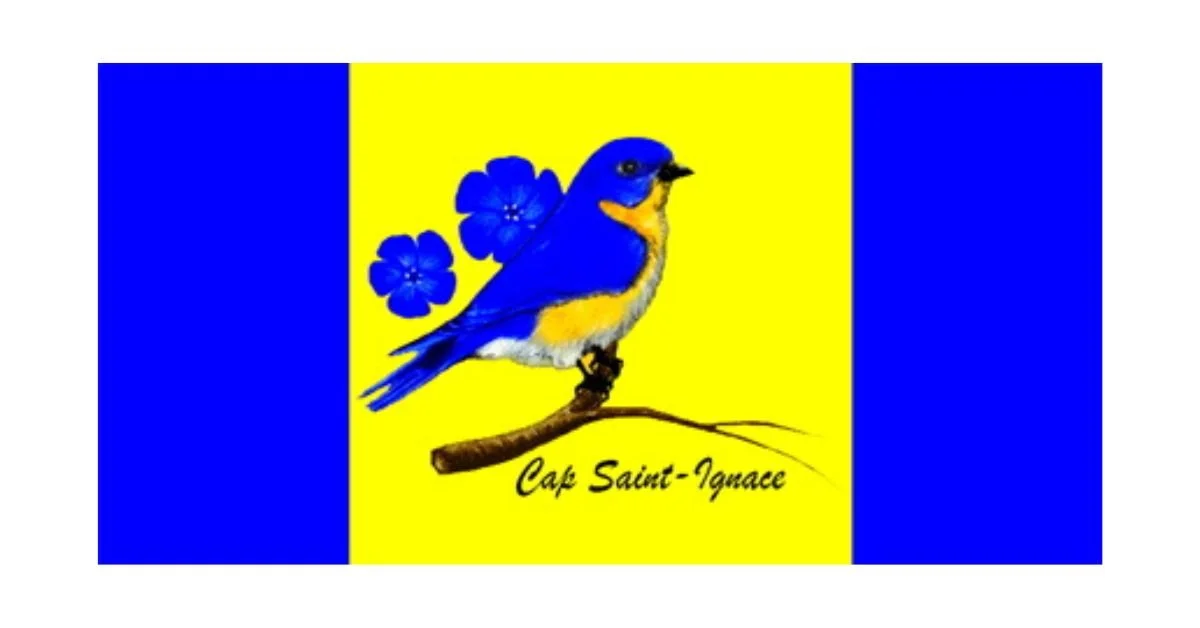Aruba
The Flag of Aruba
The flag of Aruba, officially adopted on March 18, 1976, is a vibrant representation of the island’s identity, culture, and natural beauty. Its design and colors hold deep significance, reflecting Aruba's history, geography, and the unity of its people.
The flag consists of a light blue field (commonly referred to as "Aruba blue") with two narrow parallel yellow stripes near the bottom. In the top left corner is a prominent four-pointed red star outlined in white. Though seemingly simple, each element of the flag tells a unique story about Aruba’s heritage and aspirations.
The light blue background represents the Caribbean Sea that surrounds Aruba. This color not only symbolizes the island’s pristine waters but also conveys a sense of peace, freedom, and hope. It serves as a reminder of Aruba's connection to nature and the importance of its marine environment to the island’s way of life and economy. The yellow stripes signify Aruba’s abundance of resources, particularly its rich past with gold mining and aloe production. The stripes also reflect the warm, golden rays of the sun that shine on the island throughout the year. Positioned parallel to each other, the stripes symbolize equality and justice among the Aruban people, as well as the harmony they strive to maintain. The red four-pointed star, outlined in white, is one of the most striking elements of the flag. Each of its points represents Aruba’s four cardinal directions, symbolizing that people from all over the world are welcome to the island. The red color represents love, strength, and the resilience of the Aruban community. The white border signifies purity and honesty, key values embraced by the island's population.
Aruba's flag was introduced on Flag and Anthem Day, commemorating the date when the island formally adopted its own national symbols. This was a significant moment in Aruba’s history as it marked an important step toward greater autonomy from the Kingdom of the Netherlands. While Aruba remains a constituent country within the kingdom, the flag underscores its distinct identity and pride as a self-governing nation.
For the people of Aruba, the flag is more than a mere decorative symbol; it is a visual representation of their unity, resilience, and cultural richness. Its design reflects a deep respect for nature and the collective history of the Aruban people. The flag is proudly displayed on national holidays, during cultural festivals, and at international events, reminding Arubans and visitors alike of the island’s unique charm and heritage.
Recently Posted
Categories
- Alberta 11
- Armed Forces 16
- British Columbia 6
- Canada 136
- Cities 66
- County / Municipality / Regional District / Township 2
- Government 10
- Historical 2
- Indigenous 18
- International Flags 27
- International Organizations 3
- Manitoba 5
- New Brunswick 4
- Newfoundland 7
- Northwest Territories 4
- Nova Scotia 6
- Nunavut 5
- Ontario 9
- Police 1
- Prince Edward Island 4
- Quebec 23
- Royalty 7
- Saskatchewan 7
- Schools 1
- Sports 5
- Yukon 2




